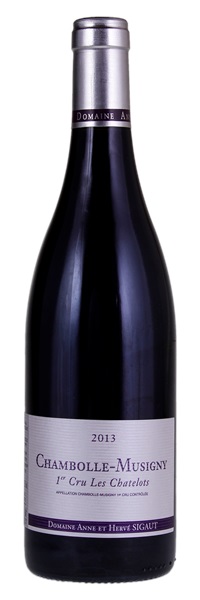Estimate

It has a generous bouquet that is precise and defined, blackberries and pomegranate with just a twist of orange rind. Like the les Fuées '13, it expands wonderfully in the glass. The palate is extremely well balanced with very well-judged acidity, precise and poised, perhaps even edgier than the les Fuées '13 on the finish. This is a long and tender Chambolle-Musigny that is a sheer delight.
...very ripe fruit on the nose but it is much fresher. Altogether a cleaner, fresher, drier style... More fragrant and spiced, the tannins dry but just right for the fruit. Harmonious and long.